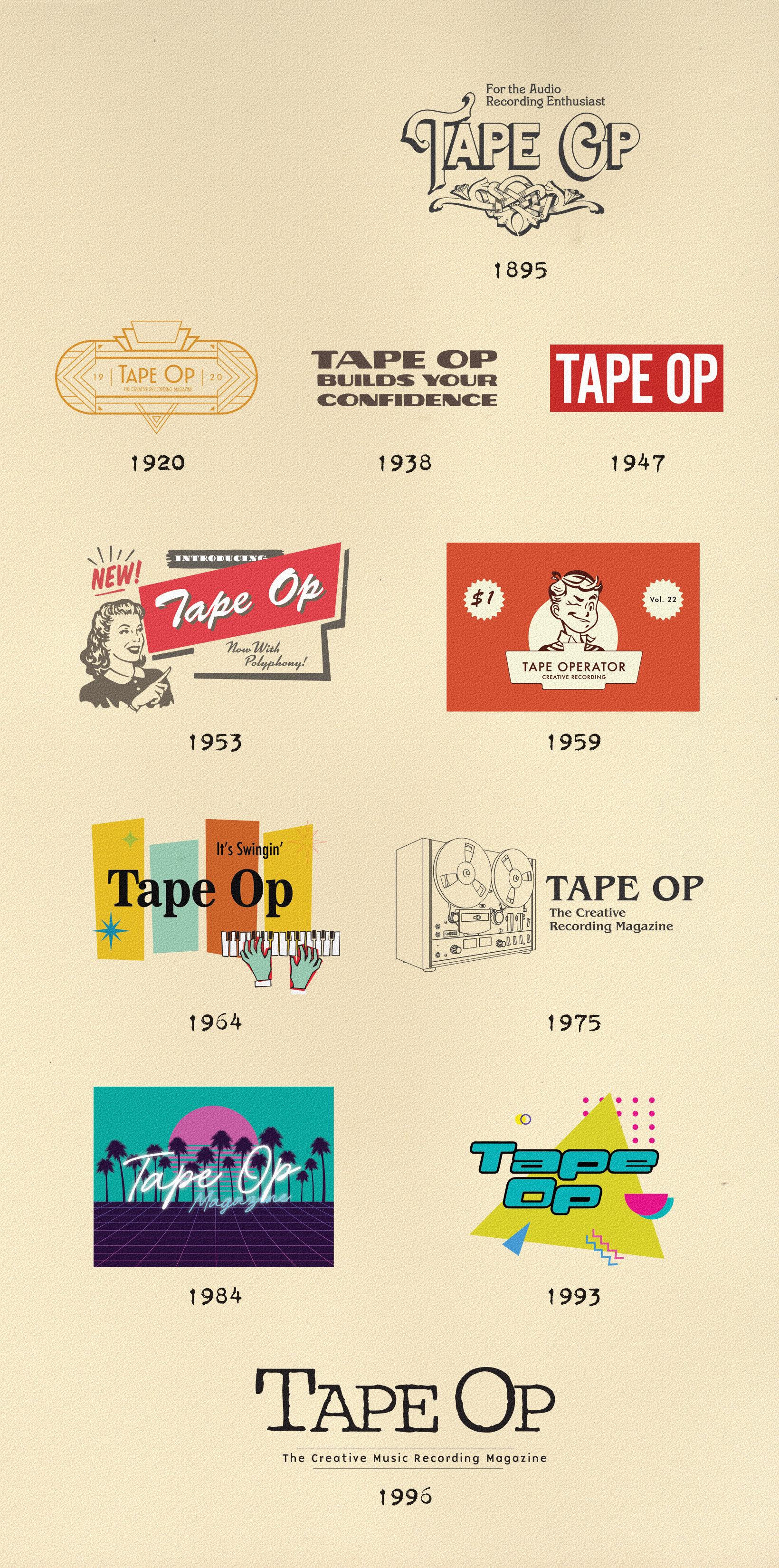In 2023, I sold my Boston studio to Brian Charles, whose Zippah Recording facility was destroyed in a 2021 fire. Brian shared Zippah for many years with longtime Tape Op contributor Pete Weiss [Tape Op #23], before Pete built (and subsequently sold) Verdant Studio in Vermont. After taking ownership of my studio, Brian renamed it Rare Signals (raresignals.com) to match his plug-in company, developers of Transatlantic Reverb [#129], and he expanded the live room to nearly twice its original size. This past December, engineer Jason Rowe and I recorded the album Living Waters by the band E (Thalia Zedek of Come, Jason Sanford of Neptune, and Ernie Kim of Tristan Da Cunha) at Rare Signals. Returning to the comfort of my old space, while experiencing the changes that Brian implemented, had me thinking about workflow and gear – especially as I’m nearing the end of a year-long buildout of my Nashville home studio. ••• In his expanded live room, Brian keeps his mic stands unfolded and ready for use. When I had the smaller room, I folded down and stored my short AKG/K&M 259-series and classic 210-series boom stands in an adjacent storage area. After a band was done setting up their instruments, I’d carry stands into the live room to set up the mics – a necessary inefficiency due to size constraints. For my Nashville home studio, I purchased wheeled bins to store and move my folding mic stands between rooms. Specifically, I chose unbranded food ingredient containers from WebstaurantStore.com. The 44 gallon, 37’’ tall bin is perfect for my 210-series stands; and the 20 gallon, 28’’ one is sized just right for my 259- series stands. Each bin is mated to a heavy-duty, 5-caster base that’s rated for 400+ lb. ••• One of the neat outcomes of Brian’s live room expansion is that the custom cabinetry that made up one wall of my office is now within the live room, and Brian uses it to showcase his amps and store other items. I wanted a flexible solution in Nashville for putting away all the studio instruments and accessories that we all tend to collect, so I selected individual components (posts, shelves, baskets, liners, casters, braces, wall bumpers, and backing fences) from WebstaurantStore to configure Regency black-epoxy wire shelving (regencyequipment.com) for my weirdly shaped rooms. I’ve learned after many years of ordering from WebstaurantStore that larger items have a high probability of being damaged during shipment, but a quick phone call to their customer service department has always led to an amenable resolution. ••• The Pro Tools rig at Rare Signals has a standard Mac keyboard with a numpad – a layout I despise because it forces me to operate the mouse with my right arm extended too far outward. Over the years, I’ve professed my love for the Cherry SPOS G86-61410 USB keyboard [#56] that moves the numpad closer to the main QWERTY portion, and more recently, I wrote about the Kono Kira 99-key and Keychron K4 v2 100-key [#144] USB/Bluetooth keyboards – all of which have more efficient layouts and offer much better tactile feedback than the standard Mac 109-key. My new favorite is the Keychron Q12 (keychron.com), a “southpaw” 104-key with its numpad on the left. When I’m running Cubase or Pro Tools, I don’t use the numpad as a calculator; instead, I use it for session navigation and transport control – which means left-hand numpad entry makes so much sense when I’m right-hand mousing. Like the other keyboards I’ve noted (spare the Mac), every key of the Q12 can be reprogrammed in firmware, and the keycaps are replaceable. If you prefer ergonomic keyboards, the sibling Q14 Pro model has a southpaw “Alice” layout. Both have hot-swappable keyswitches, and I ordered mine with Gateron G Pro Red.

